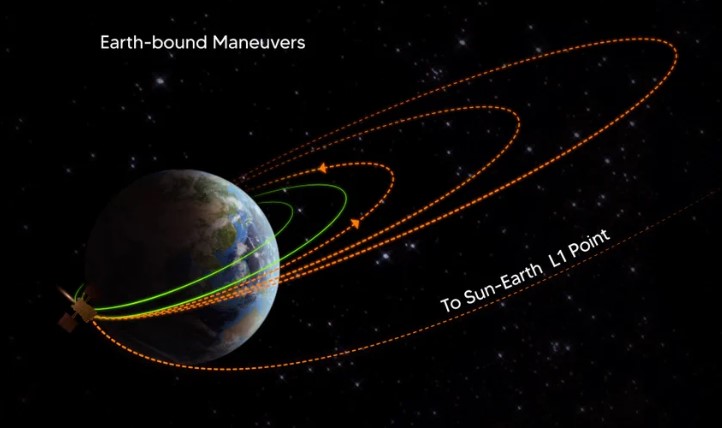July 9, 2025: A team of physicists in India has introduced a new method of magnetic field detection that could reshape applications in healthcare, earth sciences, and space research. Instead of relying on traditional bulky equipment, their approach taps into an often-overlooked quantum phenomenon known as spin noise, tiny, random fluctuations in atomic particles, to sense magnetic changes with remarkable accuracy.
Developed at the Raman Research Institute (RRI), the method uses lasers to analyze these subtle atomic jitters in rubidium gas. This optical technique, called Raman-Driven Spin Noise Spectroscopy (RDSNS), allows researchers to detect a wide range of magnetic fields without the need for magnetic shielding or electrically isolated environments, which are usually essential for such precision.
“Most high-sensitivity magnetometers can’t function outside of tightly controlled lab setups,” explained Sayari, a doctoral researcher and lead contributor to the study. “Our technique breaks that barrier, offering both sensitivity and versatility in one compact system.”
Unlike conventional magnetometers, RDSNS does not rely on mechanical components or electrical detection. Instead, it uses laser light to read the quantum-level behavior of atoms in real time, interpreting how the random noise pattern shifts in response to magnetic fields. This allows for high sensitivity (as low as 30 picotesla per root hertz at 100 Hz) without compromising on range, a long-standing limitation in magnetic sensing.
The implications of this magnetic field measurement development are significant
- In neuroscience and diagnostics, it could offer a portable, quieter alternative to traditional MRI systems.
- In geophysics, the technology could help map subsurface mineral resources in areas where electronic interference is common.
- In space exploration, the compact and shielding-free setup could monitor magnetic environments around celestial bodies with minimal payload requirements.
The research was recently published in the IEEE Transactions on Instrumentation and Measurement, and is part of a broader initiative under India’s National Quantum Mission.
Dr. Saptarishi Chaudhuri, who heads the Quantum Mixtures (QuMIX) lab at RRI, highlighted future goals for the project. “We’re now working on miniaturizing the system and exploring chip-scale integration. Spin noise is a rich quantum signal source, and we’re just beginning to unlock its potential.”
As the team moves toward real-world deployments, their innovation positions India as a growing contributor in the global quantum sensing landscape, where precision, portability, and robustness are becoming more critical than ever.






